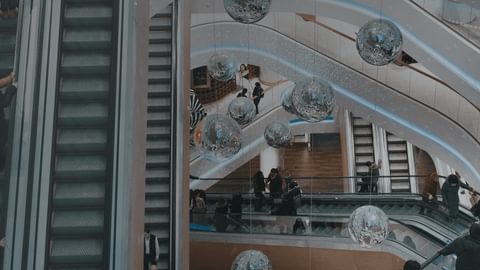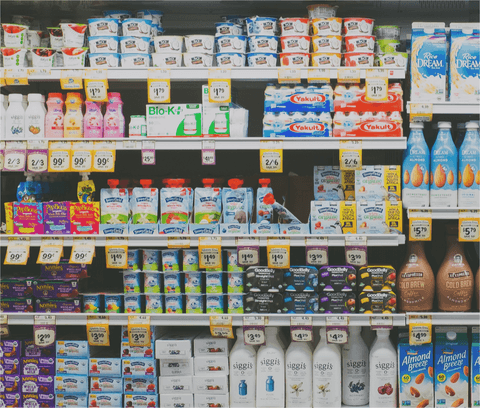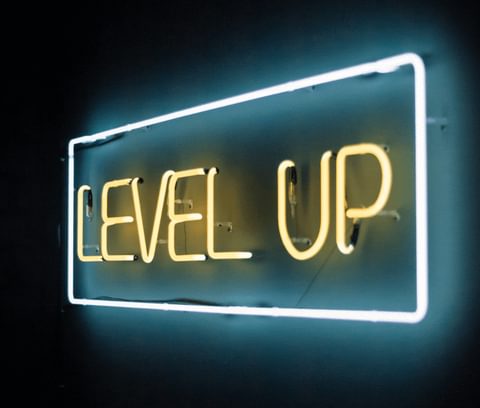NEWS ALERT - We won a SILVER IPM award for Best use of Social Media, 2025! Read more🏆

Over the last 18 months or so, brand leaders in fast moving categories have put on sales and share as shoppers defaulted to the familiar. Challengers were put on the backburner. But the dynamics are set to change once again.
Andrew Wardlaw, Chief Ideas Officer at MMR Research Worldwide and Sara Bru Garcia, Behavioural Psychologist at The Together Agency, discussed how things might play out in the year ahead, and how brand leaders can respond. These are their thoughts…

COVID-19 has changed our collective experience of the world and with it, altered our habitual behavioural patterns. Shopping behaviour has been no exception, with robust evidence of mass migration away from smaller ‘insurgent’ brands back towards the category stalwarts.
Whilst the importance of situational factors such as potentially tighter household budgets can’t be overlooked, behavioural psychology can help us understand some of the basic psychological phenomena that will influence people’s decision-making processes in 2021.
All the evidence shows that high levels of stress and anxiety can significantly affect our decision-making, causing a shift towards habitual rather than goal-oriented behaviour. In circumstances such as lockdown, people’s behaviour will be dominated by a psychological need to reduce uncertainty. In other words, this pandemic is driving people to stick with what they know.
So, that classic brand of yogurt that you ditched in 2019 in favour of some fanciful newbie may well be back in your life – because it offers much greater certainty over the brand you hardly know.
The Mere Exposure Effect (MEE), for example, suggests that repeated exposure to the classic brand without any adverse consequence can lead to the formation of a preference for that brand again. In the words of early 20th century psychologist Edward Titchener, we feel “the warm glow of familiarity”.
As we move into the ‘beginning of the end’ of COVID-19, there is every likelihood that our preference for the familiar will wane. Challenger brands have every chance of bouncing back and even surpassing their pre-pandemic momentum. Many commentators are talking about ‘huge pent up demand for newness.’
The work of Professor David Levy at the University of Washington has observed that our ‘always on’ digital lives are causing us to crave higher levels of new stimulation offline. All of which means that the pursuit of newness is set to return. Because we’re literally being programmed to seek it out!
This is great news for challenger brands and especially marketeers within these businesses who are able to implement a range of strategies and tactics that can help realise this opportunity. But as our behaviour begins to change, what does this mean for brand leaders?

No doubt brand leaders will want to keep adventurous consumers on side when all this uncertainty has passed, but how likely is it? For that we need to go back to the psychology of shopping, and more specifically, loss aversion.
Loss aversion provides a pathway for consumers’ continued preference towards brand leaders over novel brands – because of the potential risks associated with something new.
Some opportunities for big brands include:
Whether you want to maintain your advantage or close the gap, now is the opportune time to start considering these social impacts and behavioural changes – and most importantly – how they impact your brand and marketing strategy.
To discuss how we can help, please contact us on the details below. Or for more information about this article, you can contact Andrew Wardlaw on Linkedin here.